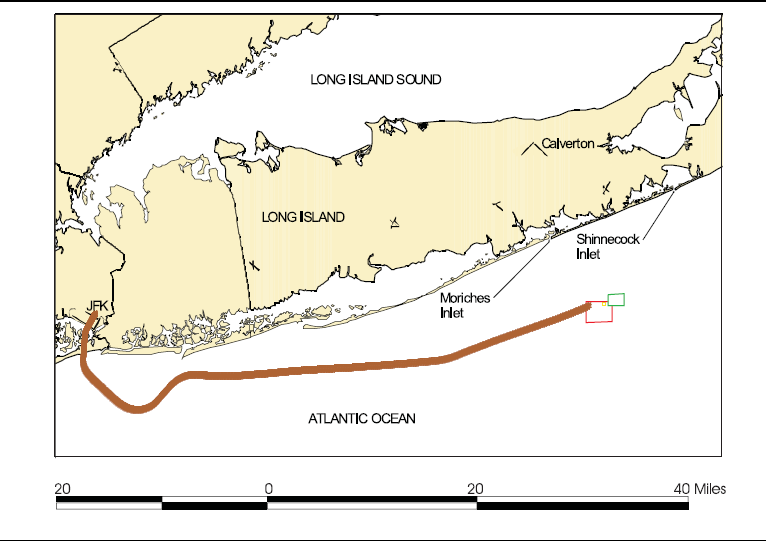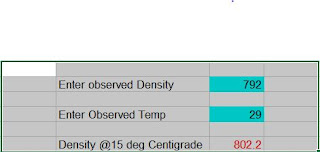- TWA-800 Boeing 747 air-crash and Aviation Fuel Flash Point
- TWA-800 Boeing 747 air-crash and Aviation Fuel Flash Point
On July 17, 1996 at 2031 EDT, TWA Flight 800, a Boeing model 747-131, crashed into the Atlantic Ocean about eight miles south of East Moriches, New York, after taking off from John F. Kennedy International Airport. The airplane was on a regularly scheduled flight to Charles De Gaulle International Airport (CDG), Paris, France.
The airplane was manufactured in November 1971, and had accumulated about 93,303 flight hours and 16,869 cycles. On board the airplane were 212 passengers and 18 crew-members. The airplane was completely destroyed, and all 230 passengers and crew members on board were killed.
The crash was the result of a sudden and catastrophic in-flight breakup. Witnesses saw an explosion and then debris descending to the ocean. The flight crew did not report a problem to air traffic control. There was no weather or other external factors that influenced the breakup.
Several early eyewitness accounts also reported having seen a missile, or missile contrail, in the vicinity of the airplane at the time of the explosion. This prompted early speculation that the accident may have been the result of an act of terrorism. Because of these early claims, it was believed prudent to approach the investigation both as a potential crime scene, as well as an accident scene. The investigation of TWA Flight 800 was unprecedented in that, as a result of the dual initial focus, both the Federal Bureau of Investigation (FBI) and the National Transportation Safety Board (NTSB) co-led the investigation. This required both a crime scene "chain-of-custody" process to be applied for all wreckage as well as "normal" aircraft accident recovery cataloguing processes. Recovered parts were thoroughly examined for evidence of bomb/missile debris fragments, explosive residue, or any other evidence of a hostile act. None were found.
The NTSB determined the cause of the accident was an explosion of the center wing fuel tank, resulting from ignition of the flammable fuel/air vapors in the tank. The source of ignition energy could not be determined with certainty. Of the ignition sources evaluated by the investigation, the most likely scenario was a combination of a latent fault of an electronic fuel quantity indicating system component within the fuel tank, combined with a short circuit or other fault outside of the tank. This scenario would result in a high-energy electrical arc within the fuel tank that could ignite the flammable vapors.
The investigation established that prior to departure the airplane had been exposed to high ambient temperatures at JFK. Two air conditioning (AC) packs (1 and 3) had been running for about 2 ½ hours prior to the flight. The combination of high ambient airport temperatures and operation of the AC packs, which are located below the center wing tanks, influenced the resultant temperatures within the tank. An "unintended" effect of the proximity of air conditioning packs and the center wing tank was that the air conditioning packs transferred heat into the fuel tank. The majority of transport airplanes in service today have a similar arrangement of center tank and air conditioning equipment, and undergo similar effects.
Read Further at Federal Aviation site http://lessonslearned.faa.gov/ll_main.cfm?TabID=3&LLID=21&LLTypeID=2#null
In order to evaluate the sequence of structural breakup of the airplane, the NTSB formed the Sequencing Group,[1]:100 which examined individual pieces of the recovered structure, two-dimensional reconstructions or layouts of sections of the airplane, and various-sized three-dimensional reconstructions of portions of the airplane.[1]:100 In addition, the locations of pieces of wreckage at the time of recovery and differences in fire effects on pieces that are normally adjacent to each other were evaluated.[
Fuel-air explosion in the center wing fuel tank
 |
| The wing center section of a boeing 747-100, including CWT |
In order to evaluate the sequence of structural breakup of the airplane, the NTSB formed the Sequencing Group,[1]:100 which examined individual pieces of the recovered structure, two-dimensional reconstructions or layouts of sections of the airplane, and various-sized three-dimensional reconstructions of portions of the airplane.[1]:100 In addition, the locations of pieces of wreckage at the time of recovery and differences in fire effects on pieces that are normally adjacent to each other were evaluated.[
Above incident brought focus on the Jet fuel specification of Flash Point limits of min 38 deg C immediately under pressure and question raised that why it should not be increased to more safer limit of min 45 de C ? To support NTSB team, ASTM 02D committee on petroleum products worked to analyse the fuel inflammability properties.
We at IOCL HQ, being ASTM 02D member on technical committee took part in providing India Scenario of impact of Jet A1 fuel production numbers due to flash point increase from min 38 deg C to min 45 deg C, coordinating with Indian Refineries.
Though, the Jet A1 Flash point specification remained same as was before the TWA 800 accident, we were thrilled to take part in this perhaps longest air accident investigation in history, getting frequent progress reports on fuel related issues promptly.
Accident Memorial
TWA Flight 800 International Memorial was created in 2002 in honor of the 230 passengers and crew that were killed on July 17, 1996. The memorial is located in Smith Point County Park, Long Island, New York, near the site of the accident.
TWA Flight 800 International Memorial was created in 2002 in honor of the 230 passengers and crew that were killed on July 17, 1996. The memorial is located in Smith Point County Park, Long Island, New York, near the site of the accident.
Some links for further information:
You tube episode Air Crash Investiagion TWA Flight 800 'Explosion over New York' FULL EPISODE
Follow me on twitter @RJPatel13 to get notification when my new post is available in my blog.
Author's Profile
List of all blog articles on Petroleum QC by RJ Patel.
Follow me on twitter @RJPatel13 to get notification when my new post is available in my blog.
Author's Profile
List of all blog articles on Petroleum QC by RJ Patel.





Comments
Can somebody say is it true ?